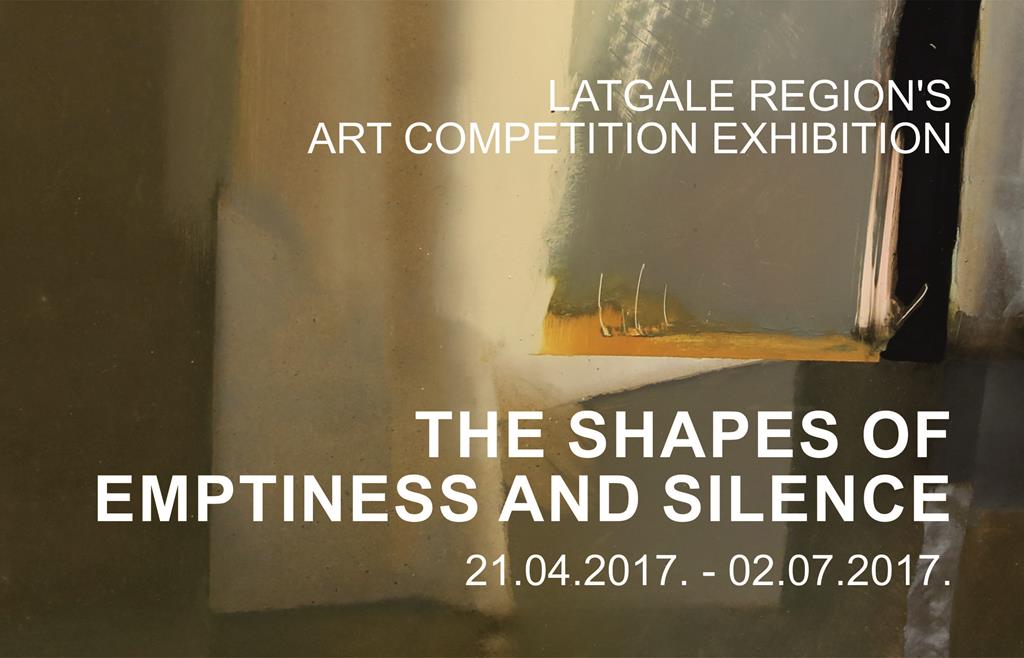FORMS OF SILENCE AND EMPTINESS

Forms of silence and emptiness The theme for the exhibition of regional art was chosen not by chance, considering the fact that it is organized by an art Centre named after Mark Rothko. Silence and emptiness are two key concepts that were extremely important and relevant to Rothko’s work, especially to his classic works. Speaking of his artistic method, the master compared it with “creative emptiness”, appealing to the philosophy of Buddhism, in which emptiness has infinite potential: everything in this world happens or “materializes” from “nowhere” and everything goes “nowhere”.
The huge canvases of Rothko, paradoxically as it may sound, are “filled with emptiness.” Emptiness in them is both space and content; thanks to the rich colours, it is both abstract and tangible at the same time. It hypnotically captures the viewers, drawing them into the inner spheres and inviting to a silent dialogue. Yes, to a silent dialogue, as only in silence one can hear himself. “Silence is so accurate,” Rothko wrote in his notebook. The cherished dream of the artist was to create silent spaces which are like small roadside chapels for pilgrims, where you can stay in solitude and silence, facing the emptiness and listening to the silence. Every artwork of Rothko is such a shelter.
The 20th century has successfully proved that the language of abstract art can be no less informative than a figurative image. Developing the traditions of predecessors, contemporary artists all over the world, as well as in our region, work in a manner of the abstract expressionism finding their own, special methods of artistic expression. We welcome their every attempt to explore the diverse forms of silence and emptiness.
Farida Zaletilo







